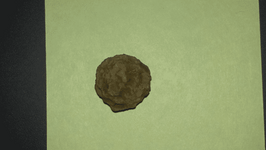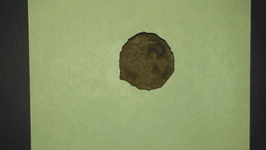Hosensack
Hero Member
- Apr 20, 2007
- 752
- 107
- Detector(s) used
- Minelab Etrac, Safari,X-Terra 705, Tesoro Tejon, Whites DFX, Garrett AT Pro, GTI 2500, 250, Fisher Gold Bug DP,F75 Limited
- Primary Interest:
- All Treasure Hunting
Never found one, and didn't think they would corrode like this but it's out of a 1700's homesite, weighs exactly 1 ounce and is 5/8" diameter.
Attachments
Last edited:




